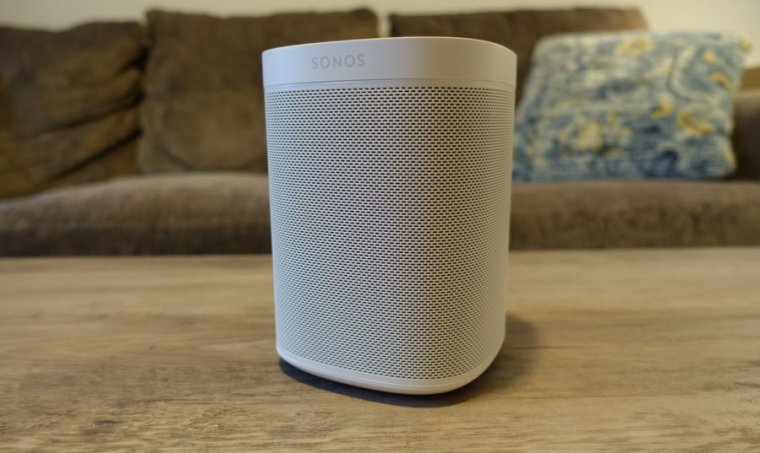
Sonos has acquired Bluetooth audio startup T2 Software, according to a new report in Protocol.
The acquisition signals that Sonos is preparing to introduce new technologies and new products in the wireless audio space, potentially including its first pair of wireless headphones. Prior reports in Bloomberg and elsewhere say that Sonos is working on an entirely new product category, which is likely a reference to headphones.
In a comment to Protocol, a Sonos spokesperson simply said, “Occasionally, we will acquire teams, talent, and/or technology that augment our existing and future product roadmap.”












